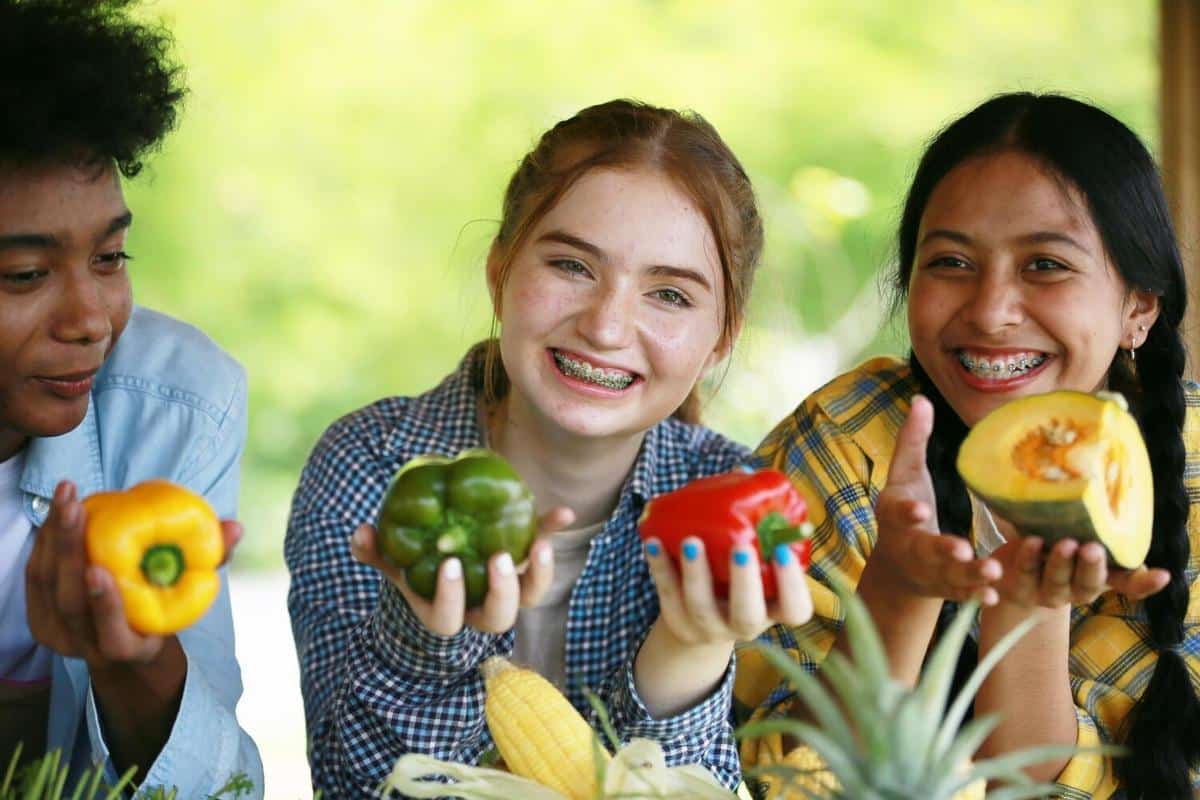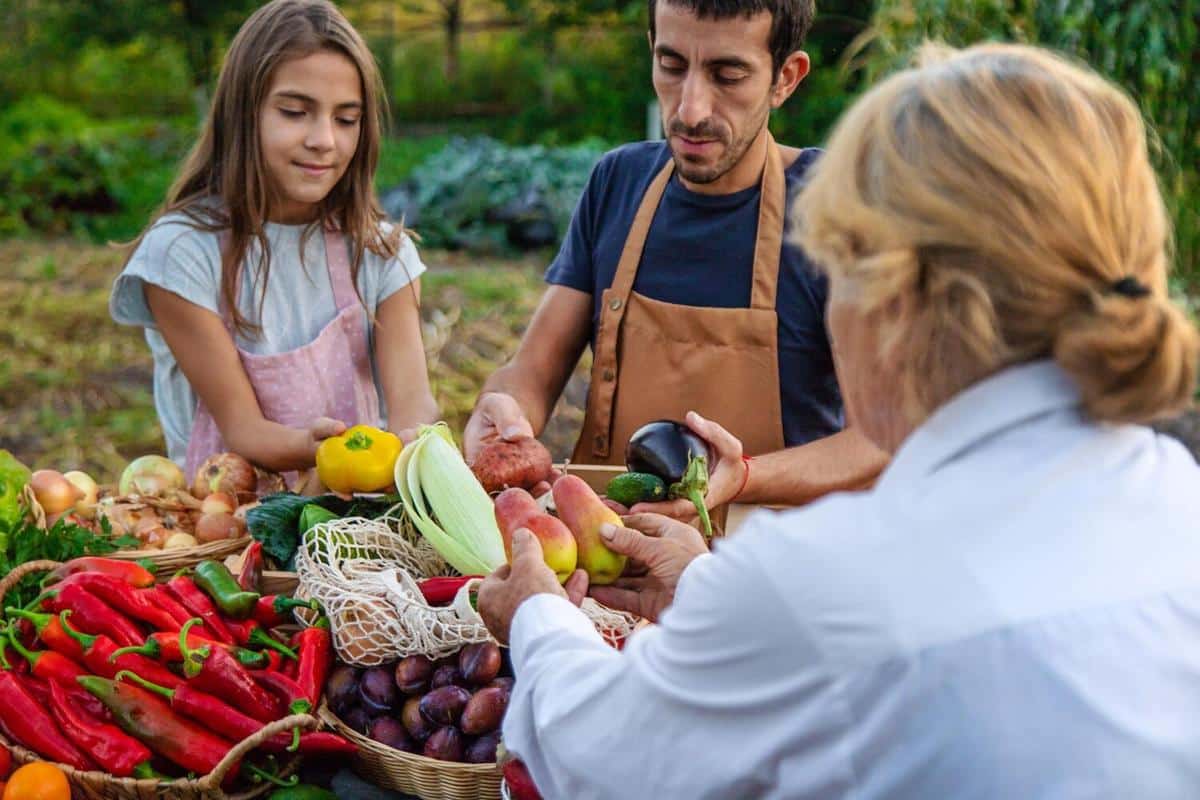
Deliciously Sustainable: Recipes Using Imperfect Produce
As awareness of sustainable living grows, many people are turning their attention to the kitchen, where a vast amount of food waste originates. One effective way to tackle this issue is by embracing imperfect produce—those misshapen carrots and slightly bruised apples that often get overlooked.
Incorporating imperfect produce into your cooking not only reduces waste but also offers a unique opportunity to get creative with your meals. According to the UN Food and Agriculture Organization, about one-third of food produced for human consumption is wasted globally, and a significant portion of this waste is due to aesthetic standards that fruits and vegetables must meet. This presents a prime opportunity to utilize ingredients that might otherwise be discarded.
The Appeal of Imperfect Produce
Imperfect produce often ends up rejected by retailers due to minor blemishes or unconventional shapes. However, these quirks don’t affect the nutritional value or taste. In fact, Chef Dan Barber, known for his focus on sustainable cooking, emphasizes that embracing these ‘ugly’ fruits and vegetables can lead to delightful culinary experiences that are as tasty as they are environmentally friendly.
Exploring the Benefits
- Cost-Effective: Imperfect produce is often sold at a discount, making it a budget-friendly choice.
- Flavorful: Many chefs argue that these fruits and vegetables can be just as delicious, if not more so, than their aesthetically pleasing counterparts.
- Environmental Impact: Reducing food waste contributes to environmental sustainability by minimizing the resources used in food production.
Creative Recipes Using Imperfect Produce
Here are some innovative recipes that showcase the potential of imperfect produce:
| Recipe | Main Ingredient | Preparation Time | Cooking Time |
|---|---|---|---|
| Roasted Carrot and Ginger Soup | Misshapen carrots | 15 mins | 30 mins |
| Bruised Apple Crumble | Bruised apples | 20 mins | 40 mins |
| Squash and Basil Pasta | Imperfect squash | 10 mins | 20 mins |
| Odd-Shaped Tomato Salsa | Odd-shaped tomatoes | 10 mins | – |
| Beetroot Hummus | Wonky beetroots | 15 mins | 10 mins |
| Zucchini Fritters | Imperfect zucchinis | 10 mins | 15 mins |
| Fruit Salad with Blemished Berries | Blemished berries | 10 mins | – |
| Pear and Walnut Cake | Odd pears | 20 mins | 45 mins |
Getting Started with Imperfect Produce
Begin by integrating imperfect produce into recipes where appearance is secondary to taste. Soups, stews, and smoothies are perfect candidates. Additionally, consider starting a community initiative that encourages neighbors to share imperfect produce, thus raising awareness and reducing waste collectively.
Frequently Asked Questions
Can imperfect produce be as nutritious as regular produce?
Yes, imperfect produce offers the same nutritional benefits as regular produce.
How can I store imperfect produce to prolong its shelf life?
Store imperfect produce in a cool, dry place and use it promptly to avoid spoilage.
Are there any specific types of dishes that work best with imperfect produce?
Soups, sauces, and smoothies are excellent for using imperfect produce, as their appearance doesn’t impact the final dish.
In conclusion, making the conscious choice to cook with imperfect produce not only supports sustainable practices but also enriches your culinary repertoire. As more people adopt these habits, we contribute to a more sustainable food system that values all produce, regardless of its appearance. Dive into your own kitchen and see what delicious creations you can make with these unique ingredients.


